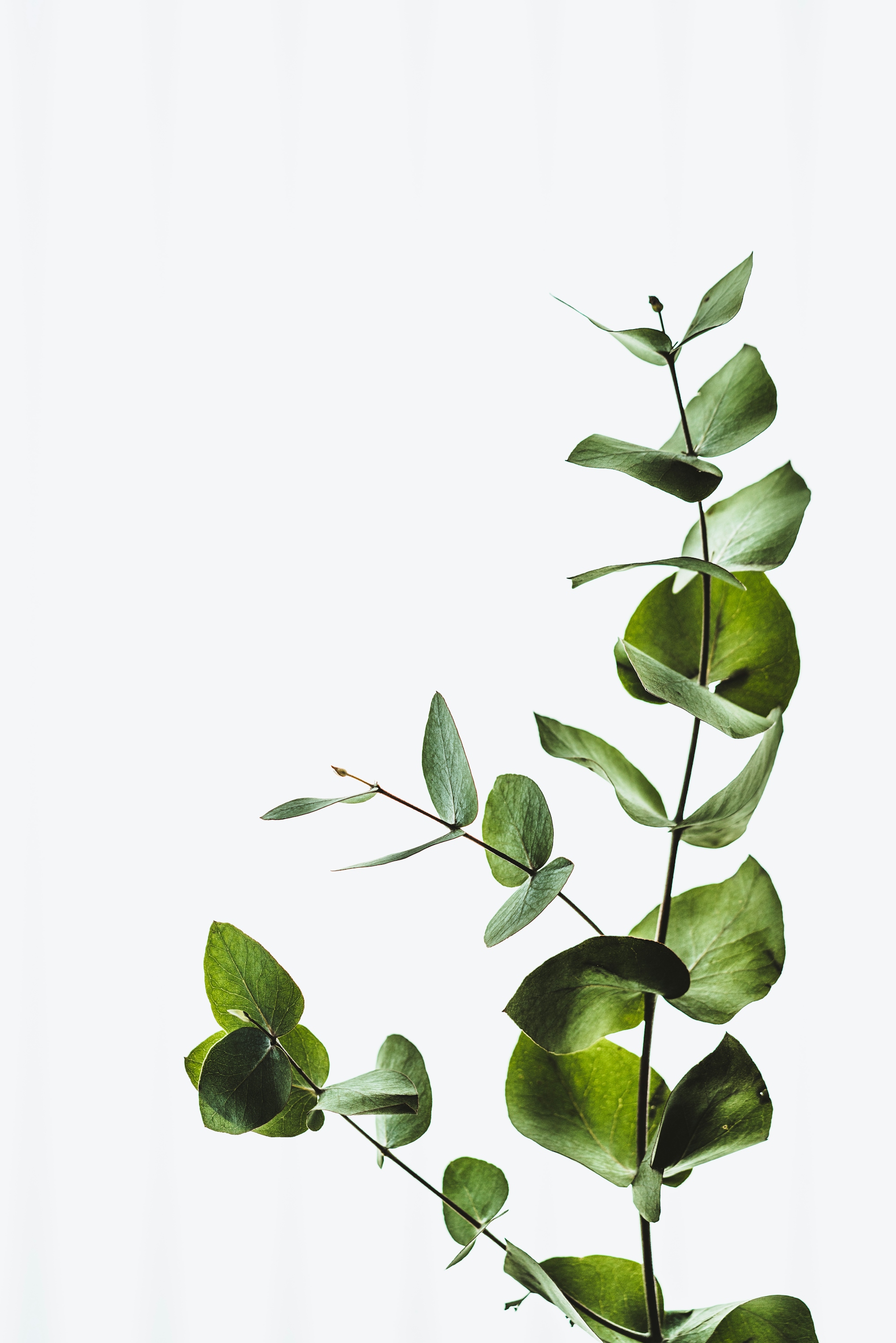An idea for Christmas at -10% off? Discover more!
Size guide

Choosing the right hose for your needs: beyond color and design
FITT Shop offers you a wide range of hoses in various colors and designs to best satisfy your tastes. However, to identify the perfect hose for your needs, it is essential to consider not only the aesthetic aspect but also two very important parameters: diameter and length.

Diameter
The diameter of the hose is one of the factors that influence the water flow rate, which is the amount of flow that can pass through it. A hose with a larger diameter can allow a higher water flow, potentially making it ideal for watering large areas or for uses that require a greater water flow rate. It is important to consider that the actual flow rate also depends on other factors, such as the operating pressure and the length of the hose itself.
For most hoses on FITT Shop, the internal diameter value is provided, expressed in millimeters (mm). In some cases, both the internal diameter and the external diameter are provided, always expressed in millimeters and indicated as "Diameter (IxE)".
For most hoses on FITT Shop, the internal diameter value is provided, expressed in millimeters (mm). In some cases, both the internal diameter and the external diameter are provided, always expressed in millimeters and indicated as "Diameter (IxE)".

Millimeters/inches comparison table and types of use
Millimeters/inches comparison table and types of use
It's not always easy to understand the right diameter you need, especially when the value is expressed in inches.
How many inches is a 15-millimeter hose? What about a 25mm one?
To help you choose, here's a comparison table between millimeters and inches, which will help you, for example, in choosing suitable fittings whose measurements are always expressed in inches.
| Diameter in Millimeters | Diameter in Inches | Type of use |
| 12.5mm | 1/2" | Home use for vegetable garden and garden |
| 15mm | 5/8" | |
| 19mm | 3/4" | Special needs requiring high water flow (e.g. rainwater recovery system, pumps, etc.) |
| 25mm | 1" | |
| 30mm | 1" 1/4 | |
| 40mm | 1" 1/2 |

Length
Here's the English translation, maintaining the HTML formatting:
Length
The choice of hose length depends on the size of the area to be irrigated and the position of the water source. A hose that's too short could limit your movements, while an excessively long hose would be cumbersome and difficult to handle. Choose a length that allows you to easily reach every corner of the garden or the area to be irrigated without excessive effort.
To further simplify usage, FITT also offers its range of expandable hoses, innovative garden hoses that stand out for their practicality and versatility.
To further simplify usage, FITT also offers its range of expandable hoses, innovative garden hoses that stand out for their practicality and versatility.

Expandable hoses: how do they work?
This type of garden hose extends on its own with water pressure during use, returning to its natural form after use, without twisting, bending, or knotting.
The hose is made with a thermoplastic material that allows it to extend and contract.
The length indicated on the packaging represents the maximum length that the hose can reach with water flowing at a pressure of 3 bar, and has a tolerance of +/- 5%.
The length indicated on the packaging represents the maximum length that the hose can reach with water flowing at a pressure of 3 bar, and has a tolerance of +/- 5%.

Hose lengths: some examples of use
In the table below are some examples of hose usage based on its length.
| Length | Examples of use |
| up to 5m | To connect a cart to the tap |
| 10-15m | Used for terrace plants or a small garden |
| 20-40m | Medium/large sized vegetable gardens and gardens |
| 50+ m | Large gardens/construction sites/etc. |

